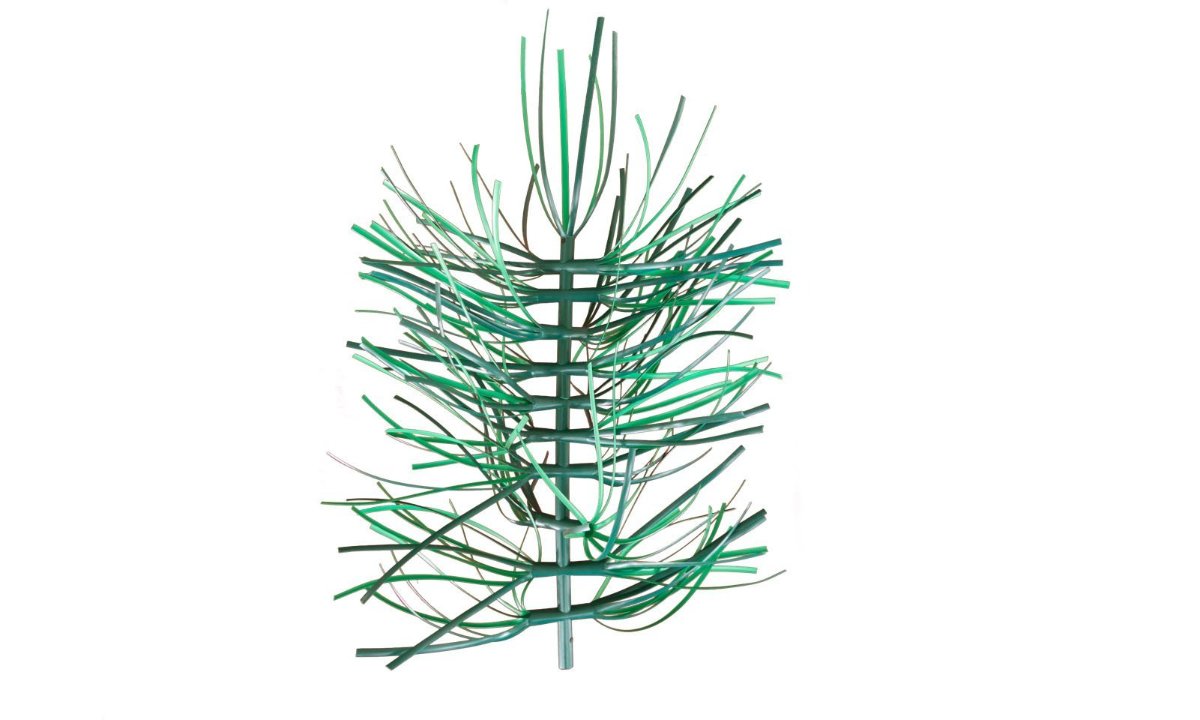Specifications
7'-10'
35 sq. ft.
6'
4'x4'
7 lbs.
166 leaves/10 limbs
Intermediate
More Details
- (1) Retainer
- (1) Plastic Float
- (10) 4’ Horizontal Limbs
- (1) 6’ Stem with Weight
The "Combo Pack" consists of 1 pack of Honey Hole Grass and 1 Honey Hole Brush.
When you order artificial fish habitat online, it will be shipped to you via ground and the fees are calculated at checkout. Typically, it takes less than a week for us to process your order for shipping from our facility in Lindsay, Texas. When it does, you’ll receive a confirmation email including your tracking number.
The Honey Hole Brush requires very little assembly, and can be completed in just a few minutes without tools or glue. Just remove the Brush from the box, then group the leaves at the top of the main stem and slide through the center hole of each of the horizontal limbs, spacing the limbs evenly down the stem. Then, insert the sealed float at the top of the stem, and then push the retainer into the pre-drilled hole. Lastly, turn the horizontal limbs to create a random pattern and spread the leaves apart by folding them backward against each limb. Once completed, toss it into water that is 7 to 10 feet deep.
FAQ
| Honey Hole Products | Other Artificial Fish Habitat |
|
|
|
|
|
|
|
|

Better than Christmas trees or timber
Cover for intermediary fish headed to deep water















